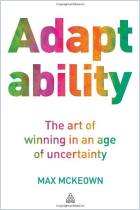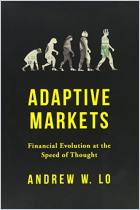
Shaping the Adaptive Organization
Landscapes, Learning, and Leadership in Volatile Times
Read offline
Recommendation
Author William E. Fulmer uses a biological analogy to discuss how organizations form and evolve in an environment that changes through co-evolution with other organizations. Organizations must be ready to learn, and need leaders who can help participants understand change and adapt to it. Though strategic planning can help, Fulmer emphasizes preparing for continual adaptation. His thoughtful, in-depth discussion draws on research from biologists, philosophers and various academic and business writers to create a biological model. He weaves in examples of businesses that have thrived or failed based on their ability or inability to adapt. When Fulmer veers away from his biological analogy, he starts to sound much like many of the other adapt-or-die prophets out there today, but nevertheless, getAbstract.com recommends this solid presentation of a complex subject to executives, top managers and academics.
Take-Aways
About the Author
William E. Fulmer is a senior fellow and senior vice president of the Executive Development Center of the Harvard Business School. He served on the faculties of George Mason University, the College of William and Mary, and the University of Alabama. He has written several books and monographs and has had articles published in the Harvard Business Review California Management Review Business Horizons and other journals. He consults and teaches in executive development programs worldwide. He received his Ph.D. and M.A. from the University of Pennsylvania and his MBA from Florida State University.
















Comment on this summary or Начать обсуждение